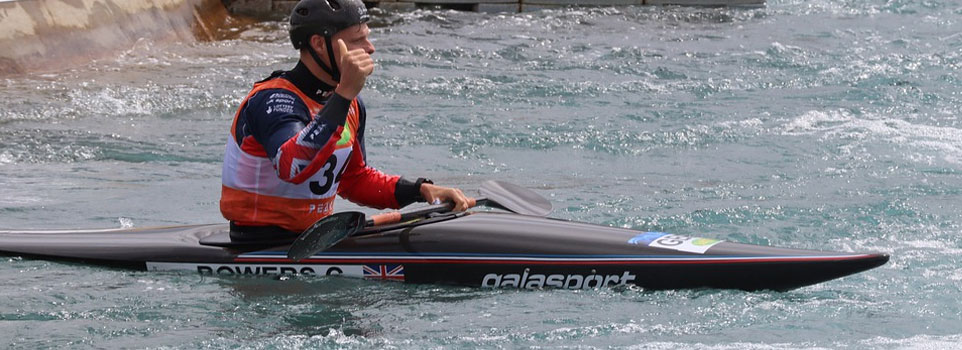Canoe Slalom is a popular sport among sea adventurers who love to collide with rising tides and navigate their ways through drenching storms. It is a competitive sport with aim to navigate a decked canoe or Kayak through downstream or upstream gates in the fastest time possible.

Though the game involves risk and only after sufficient training a person can be deemed ready to compete in this sport, it is part of the Olympics and many other similar sports can be seen in Olympics but with different names.
The beginning of the Canoe Slalom races dates back to 1940 when the International Canoe Federation was formed and several Canoe Slalom races were held in Europe. Sooner, the game evolved as an internationally recognised sport and the first ever world championship of Canoe Slalom was held in 1949 in Switzerland. These championships are still held with a gap of a year or two. Moreover, the game has been a regular part of the Olympics since 1992.
Object of the Game
The object of the game is to complete the course in the fastest time possible. In the end of the competition, the one who completed the course in the least time is declared winner.
How to Play?
Canoe Slalom is a water sport in which players have to pass through the fixed gates cleanly on their Canoe or Kayak boats. It is more difficult than it sounds to be because it takes place in moving water which makes it difficult to navigate. Players have only one single paddle to steer the boat. Every time you make a mistake, a certain number of seconds are added to your time as a penalty.
Rules regarding the gate and how many points are deducted if you misplace the gate instead of going through it vary, which you can only learn if you read General rules of Canoe Slalom.
General Rules of the Canoe Slalom
- Males compete against males and females compete against females. There are no mixed competitions.
- There are gate poles placed in the water, athletes have to navigate the boat between them. Each course can have 16-25 gates.
- Hitting those gate poles with paddles adds 2 extra (penalty) seconds to your original time taken to complete the course.
- Missing the gate, displacing it or going through the gate upside down can result in a 50 seconds penalty added to your total time at the end of the course.
- There are no more double Canoe Slalom racings, only single men compete against each other on the boat.
- There are qualifying rounds, semi finals and finals in Olympic tournaments.
- If a tie occurs during any of these games, all tied boats proceed ahead to the semi final and finals. If a tie occurs during the final, then the medal will be shared by both the boats.
Time Duration of the Game
There are no time limits, as said above, the participants try to complete the course in the least time possible. On average, one participant takes less than 2 minutes to complete the course.
Race Course
There are no specific dimensions for a course, but a course being used for competitive events like Olympics must have at least 16 and maximum of 25 gates which are to be crossed by athletes.
In the Olympics, these courses are not natural streams but artificial courses so the area of the Canoe Slalom course depends upon the area available.
Playing Equipment
The equipment required for a Canoe Slalom race are a boat and a paddle each for every athlete. This paddle is an ordinary paddle used in normal circumstances and there are no published rules regarding its size and weight.
Possibly, it’s up to the player what size and weight he feels convenient for himself, a light-weight paddle would be easier to lift but it might not navigate adequately, a heavy paddle would offer better steering but take extra effort.
There are two types of boats used in Canoe Slalom:
Canoe Boats: They are very common in Canoe Slalom. Athletes use a single-bladed paddle to steer the boat in water. These are also known as “closed cockpit canoes”. The boat dimensions can vary from tournament to tournament.
Kayak Boats: Kayak boats have blades on both sides of the paddle and a cockpit area. Competitors sit inside the cockpit while steering the boat.
Referee
There is a video referee who monitors the whole race and has a close look which players hit the gate or who passes through the gate cleanly.
Famous Canoe Slalom Events
The Olympics, International Canoe Slalom Championship and European Canoe Slalom Championship are the most highly anticipated tournaments of Canoe Slalom.
Governing Body
The International Canoe Federation (ICF) is the governing body for the game which sanctions all the international Canoe Slalom events including the World Championship. Its headquarters are located in Lausanne, Switzerland. Around 157 countries are affiliated with the federation currently and seven national federations were added at the 2008 ICF Congress in Rome.
